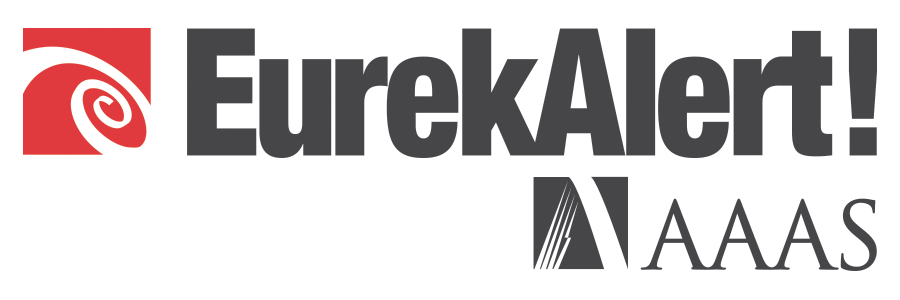
Researchers at the Lady Davis Institute have identified a key protein that is required for resistance to chemotherapy in the most aggressive form of breast cancer. This holds the promise of opening the door to new therapies for overcoming drug resistance.
Using tumor biopsies from patients with chemotherapeutic resistant triple negative breast cancer (TNBC), researchers at the Lady Davis Institute of the Jewish General Hospital (JGH) have identified changes to the form of the cancer cells that appear to be associated with their capacity to resist usual drug treatment. This discovery is featured on the cover of the December issue of Molecular Cancer Research, where it is highlighted for its importance.
“When patients with TNBC respond to treatment, their prognosis is very good,” explains Dr. Mark Basik, a surgical oncologist and Medical Director of the Inter-disciplinary Breast Cancer Team at the Segal Cancer Centre at the JGH, who led the research. “However, resistance to treatment is quite common. Chemotherapy resistant TNBC constitutes the most aggressive form of breast cancer, and the prognosis for those patients is not that good. Therefore, it is critical that we determine the processes that promote resistance and target it directly to overcome its influence on the tumor.”
The researchers observed that the onset of resistance to the two most common drugs deployed against TNBC is associated with changes in the shape of the cancer cells and the manner in which they process fat. The cells are able to store fat droplets that they can exploit as a source of energy to fight off the effects of chemotherapy. These cells were also seen to develop a dependence on the protein perilipin4, which is highly expressed in resistant tumors. The protein is used by the cancer cell to stabilize the fat droplet, which would otherwise leak free fat into the cell, which is toxic to it and would kill the cell. Dr. Isabelle Sirois, a postdoctoral fellow in Dr. Basik’s lab and the first author on the paper, and her colleagues determined that targeting this protein caused nearly all of the resistant cells to stop growing, and most to die.
“This is very promising,” said Dr. Basik, who is also the Herbert Black Professor of Surgical Oncology at McGill University, “because if we can eliminate the resistant cells, we will be able to successfully treat far more TNBC patients.”
A key element in treating cancer is finding the active protein that makes possible the disease’s unchecked growth. With that, the vulnerability of the cell is revealed, opening the door to new therapies and better patient outcomes.
###
This research was made possible by funding from Genome Quebec, the Quebec Breast Cancer Foundation, the Cancer Research Society, Canadian Institutes of Health Research, Groupe McPeak Sirois, Eileen Iwanicki Foundation, the Jewish General Hospital Foundation, McGill University, and the FRQS Reseau de Recherche sur le Cancer.
About this study
“A unique morphological phenotype in chemoresistant triple negative breast cancer reveals metabolic reprogramming and PLIN4 expression as a molecular vulnerability,” by Isabelle Sirois et al, Molecular Cancer Research, DOI: 10.1158/1541-7786.MCR-19-0264
https:/
About McGill University
Founded in Montreal, Quebec, in 1821, McGill University is Canada’s top ranked medical doctoral university. McGill is consistently ranked as one of the top universities, both nationally and internationally. It is a world-renowned institution of higher learning with research activities spanning two campuses, 11 faculties, 13 professional schools, 300 programs of study and over 40,000 students, including more than 10,200 graduate students. McGill attracts students from over 150 countries around the world, its 12,800 international students making up 31% per cent of the student body. Over half of McGill students claim a first language other than English, including approximately 19% of our students who say French is their mother tongue.
Disclaimer: AAAS and EurekAlert! are not responsible for the accuracy of news releases posted to EurekAlert! by contributing institutions or for the use of any information through the EurekAlert system.

